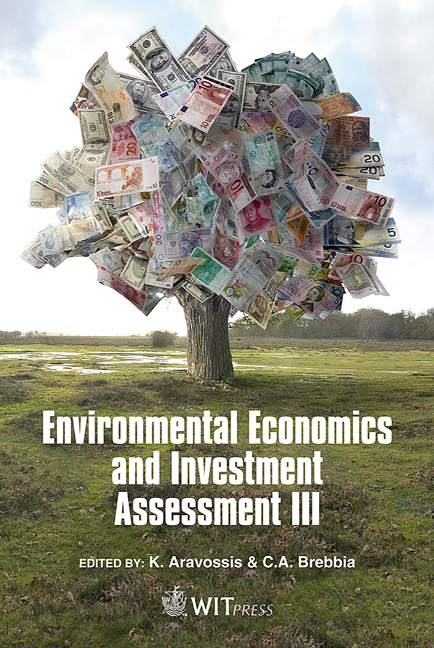Payments For Environmental Services (PES): Contribution To Indigenous Livelihoods
Price
Free (open access)
Transaction
Volume
131
Pages
12
Page Range
163 - 174
Published
2010
Size
282 kb
Paper DOI
10.2495/EEIA100141
Copyright
WIT Press
Author(s)
R. Greiner
Abstract
Indigenous people living in Australia’s tropical savanna landscapes are increasingly looking towards income opportunities from the provision of environmental services as an avenue for economic development and improvement in socio-economic conditions. A number of programs, which can be classified as payments for environmental services, support the existence and operation of Indigenous land and sea management groups, also referred to as Indigenous ranger groups. Rangers undertake a portfolio of activities, including feral animal and weed control, biodiversity monitoring and protection, fire management, and biosecurity and border protection assignments. This paper reviews the extent to which current activities contribute to Indigenous livelihoods and discusses their likely growth potential and livelihood contribution in the future. The terms ‘Indigenous’ and ‘Traditional Owners’ are capitalised in this paper as they refer to descendants of the original inhabitants of Australia. Keywords: payments for environmental services, livelihoods, Indigenous people, assessment, Australia. 1 Introduction Australia’s tropical savannas encompass approximately one quarter of the continent (around 1.9 million km2) and span northern Queensland (Qld), the Northern Territory (NT) and northern Western Australia (WA). The population density of the tropical savannas is low (<0.2 persons per km2), with fewer than 500,000 persons living in the region [1,2]. A large proportion of the resident population is Indigenous. Indigenous people are those who self-identify as being of Aboriginal or Torres Strait Islander descent and are accepted by theKeywords
payments for environmental services, livelihoods, Indigenous people,assessment, Australia





